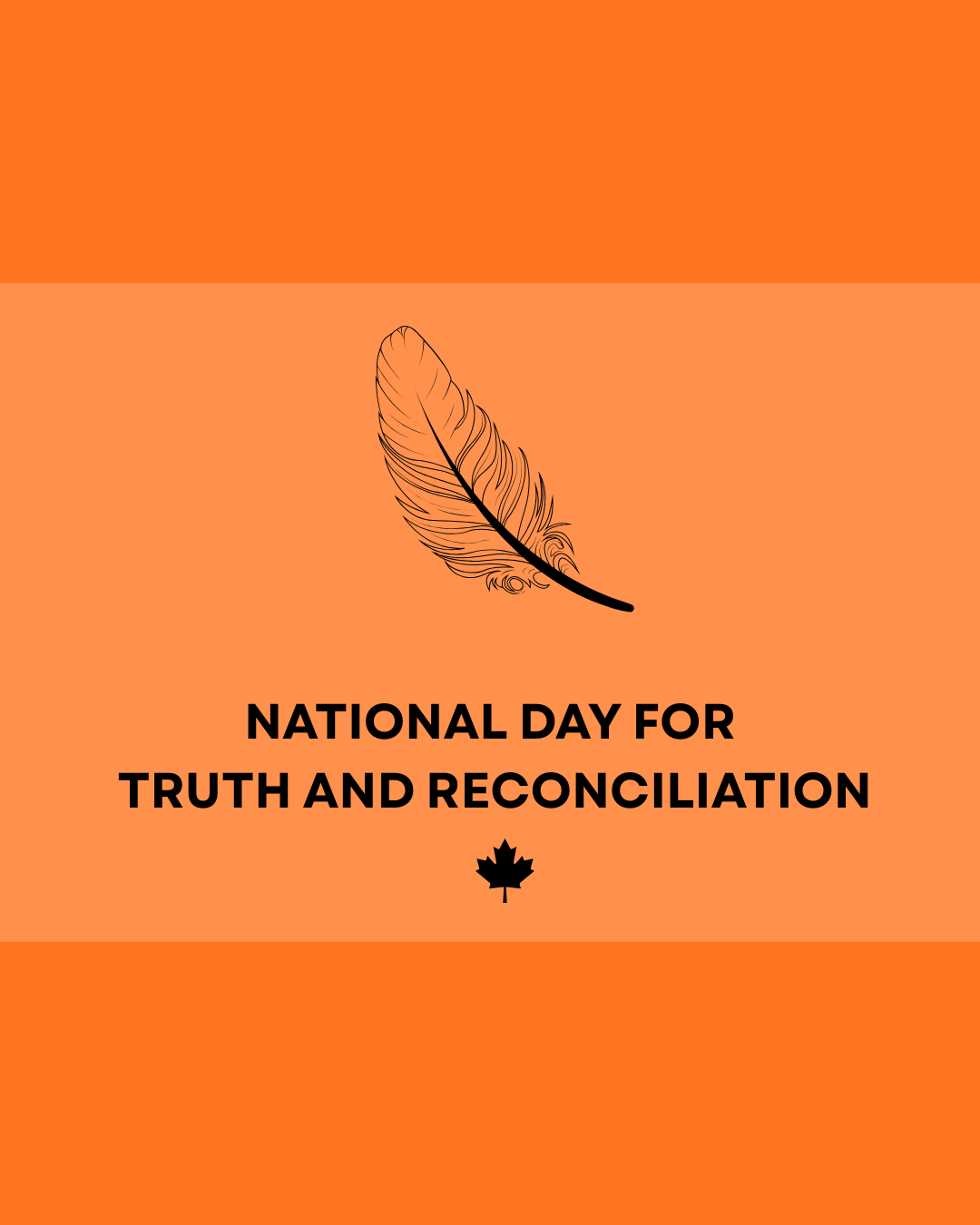IN THE 17TH century, a man by the name of Blaise Pascal came up with an idea. What if Paris introduced Les carrosses à cinq sols, (five-cent coaches) to travel around specified, heavily trafficked routes in Paris, picking up and dropping off passengers at designated points? Instead of an infinite number of carriages wandering aimlessly around the streets of the city, what if passengers could flag down and board a horse and buggy and cross the city in a timely manner? What started on March 18, 1662 became the primary blueprint for the concept of public transportation.

As also seen in Urban Mobility Forum Magazine.
Blaise Pascal planned and developed a set of 5 routes on which five-cent coaches (carrosses à cinq sols) pulled by two horses and bearing the coat of arms of the city of Paris transported up to 8 passengers per vehicle, and even included a circular route on the ring road and distance-based fares. So, you can see how Monsieur Pascal was ahead of his time!
Our company, Blaise Transit, has chosen its name in recognition of the revolutionary Blaise Pascal, honouring his idea, but also attesting that transit systems need to continue to evolve. Unbeknownst to him, Blaise Pascal’s mathematical work would help make that possible.
You see, Pascal was integral to laying the foundation for the Theory of Probability, which plays a critical role in optimizing problems when faced with uncertainty. The uncertainty in planning designated routes in a transit system comes from problem inputs that will only be revealed dynamically, like the number and location of ride requests, vehicle travel times, driver and passenger behaviours, etc.

To determine high-quality routing plans, an algorithm must be able to make decisions in the present, whose downstream impact on the future will be positive on average, or respect predetermined risk tolerance thresholds, despite the presence of uncertainty in said future.
This is core to the algorithm that powers Blaise Transit’s platform, which automates routing and dispatching for transit and demand-response transit systems. We’d like to think our namesake would be excited about it. Now, if we really wanted to blow Pascal’s mind, we would have introduced him to Artificial Intelligence (AI).
AI is a tree with many branches. On one branch we have machine learning, which can be used to enable an algorithm to learn from past experiences to better predict the future. But to deliver better results, these predictions need to be leveraged within a decision-making process. This requires using tools and methods from another branch of AI: operations research and optimization (or prescriptive analytics), which provide scientific methods to develop algorithms that can recommend optimal decisions or actions to stakeholders to optimize a certain outcome. Are you still with us? Don’t worry, that’s the extent of the complicated bit.
But Blaise Transit doesn’t completely hand the reins over to AI. While algorithms can help automate decisions and save a lot of time and work, it’s important to let operators override trip decisions made by AI if they feel that the right one is not being made. Thanks to AI, the algorithm can continue to learn from these inputs and make better decisions the next time around.

There is no question that AI can help optimize transit in high-density areas given all the tools and vast amount of information it (AI) provides. But what about more rural, low-density areas? This, in fact, is perhaps where the work we do at Blaise Transit could have the greatest impact, given that there are usually less resources to deal with.
More than 400 years later, Blaise Pascal would be pleasantly astonished to see how far his idea for Les carrosses à cinq sols have come.

Carrosses à cinq sol, the first public transport system of the world
Why Today is Brilliant: Transport Network

In rural areas, volunteer-run and non-profit transit agencies are an essential lifeline for their communities.

On Truth and Reconciliation Day, we honour the children who never returned home, the Survivors of residential schools, and their families and communities.

Transit agencies in the US can now get direct, streamlined access to Blaise Transit’s services through 791 Coop — a cooperative purchasing program with pre-negotiated, competitive pricing. They’ve already gone through the RFP so you don’t have to.